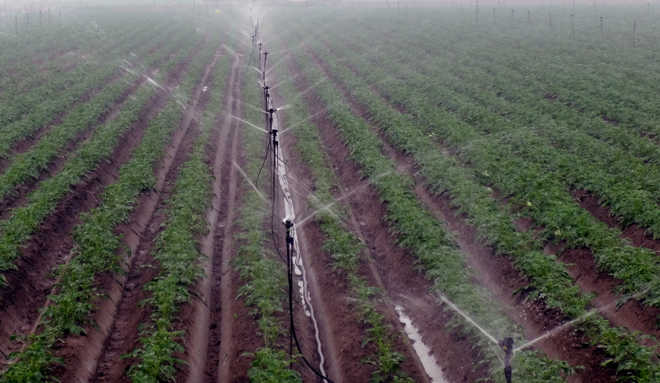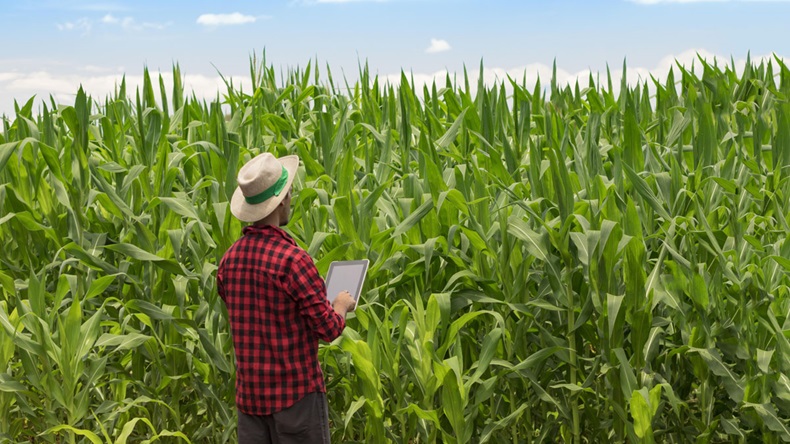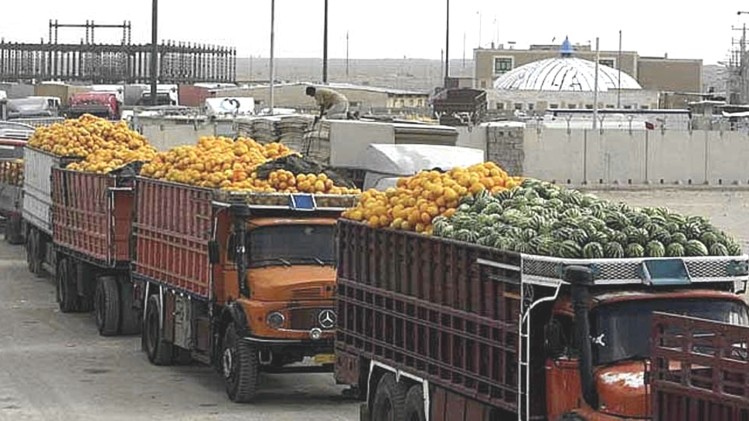
The Epic Journey of India’s Agrochemical Ascent
India’s story after independence is often told through political and industrial changes. But its most profound transformation began with a […]
Navneet Singh
Monday October 13th, 2025
The world’s population will exceed over 8.1 billion by 2025! And all of them would need at least two meals per day to sustain a healthy life.
Which means, the coming years will come with exponential growth in the food demand all over the globe. But, is it’s production also growing simultaneously?
According to the United Nations, to meet the growing demand, the world will need to produce 70 percent more food in 2050. And India is not an exception to that. But are we growing enough? Well, the stats don’t favor that. Despite being an economy where almost half of the entire population is working in the agriculture sector directly or indirectly, India’s yield per hectare is worryingly low at 2.3 tonnes only, which is around 42 percent lower than the Asia’s average yield per hectare of 4 tonnes.
So, the question that arises here is that, despite doing farming from generations, why our farmers are struggling to meet the level of global production of food?
Well, there is not any single reason behind this, but there are multiple factors stopping our farmers to attain the maximum productivity of their crops. Let’s have a look at the major problems faced by our farmers and how technology can handle the steering.
1- Scarcity of water and modern techniques of irrigation.
Irrigation is a very crucial part of farming, and it demands a large amount of water, especially if done by the old methods. But still, around 60 percent of the total cropped area in India is directly dependent on rain, while the remaining area is indirectly dependent on it. However, the rainfall is very un-uniform in the nation, and farmers at many places face serious water scarcity.
But technology can reduce the water requirements without affecting the quantity and quality of the crop. Water sprinkler and drip irrigation are two majorly used tactics for reducing water requirements and labor costs in irrigation.

Farmers at some places are also shifting to a more advanced technology called fertigation, in which fertilizers are sent directly to the roots of plants using a structure much similar to that of drip irrigation. This process saves a lot of water and reduces the labor cost, and since the fertilizers are not sprayed uniformly on the whole field, it also prevents the rapid growth of herbicides on the farm.
2- Dynamic weather and climate change-
There are 15 major climates in India and 46 out of the total 60 soil types. Still, most farmers had no options other than taking actions either on the basis of trends of the previous seasons or according to the common weather forecast by the government. But climate change is happening more frequently than ever which is also affecting the weather cycles.

Moreover, the climate is also different at different locations in India, thus a common weather forecast can’t work for every location. But advancement in technology can solve this problem of the farmers by providing them real-time weather forecasts of their area. Some Agri-tech companies like Gramophone are already providing live weather updates on their apps. Farmers can use this data to make decisions and take action accordingly and thus can prevent any harm to the crops caused by abnormal weather change or unpredicted rain.
3 – Access to good quality fertilizers and pesticides.
Usually, farmers don’t have proper knowledge about the vast variety of fertilizers and pesticides available in the market. Most farmers find it hard to choose which fertilizer or pesticide would be more suitable for their farm. And if anyhow farmer gains the knowledge regarding the choice of fertilizers and pesticides, they find it difficult to purchase them nearby.
However, Some Agri-tech companies like Gramophone are helping farmers to deal with this issue by not only giving them free suggestions regarding the choice of fertilizers and pesticides, but also by providing them the option to order those products directly from their mobile phones. And the order will be delivered at their doorsteps.
4- Decreasing soil fertility and productivity.
No crop can grow properly unless the soil is fertile enough.
Soil fertility is a big issue in India as Indian soils have been regularly depleted for thousands of years. It affects the productivity of almost every crop in the nation. Moreover, the fertility of the soil in India is further going down as a result of the erroneous application of fertilizers.
But this problem can also be solved by NPK mapping of the field on the basis of soil type, seed type, seed rate, irrigation, plant growth regulators etc. Based on the results of this mapping, farmers can choose a specific set of fertilizers to increase the fertility of their farm.

Again, technology can play a big role here also, as modern on-field devices and satellite imagery can provide an estimate nutrient value of soil and the condition of the crop at any given point of time. Also, farmers can get better advice and solutions to the issues in their crops if they could click the images of their crops (diseases in crops) on their smartphones and share it with an agronomist, so that they can understand the problems better and give their solutions accordingly. Agri-tech start-ups like Gramophone provide the facility of asking farming-related solutions and advice from agronomists.
Technology and data are beneficial for not just agriculture but it can bring revolutionary changes in animal husbandry as well. For example, Data from RFID tags can track the movements of cattle and their health as well. The farmers can use this data to improve feed intake of cattle and thus increase milk productivity.
5- Intervention of data and technology can prevent post-harvest wastage of food and grains.
Unfortunately, a lot of food turns into waste in our food supply chains. It’s hard to believe that this figure runs into billions of dollars annually! The main reasons behind this are poor handling and transportation of food products with minimum awareness.
For example, apples exported from Himachal and Kashmir bear too much pressure due to overloading and poor crate designs. Similarly, Alphonso mangoes transported from Konkan to Mumbai in summer go through high heat stress and need modern temperature-controlled trucks.

The new invention in Agricultural technology can solve these problems quite easily. There are many devices like remote sensors that can monitor various factors causing wastage during storage and transportation like pests, rodents, moisture, high temperature, humidity, etc. By analyzing this data, farmers or farmhouse/ cold storage mangers can easily take action on any problem before it causes more harm.
This technology would be worth investing as rodents alone eat about 2-4% of grain produced in India. This share looks small unless you find out that this 2% is approx. 5 -10 million tonnes of grains per annum!!
To conclude, we can say that, the rapid change in climate since the past few years and the decreasing fertility of soil had created new problems for farmers in India. Now the old techniques of farming won’t be sufficient to achieve the desired production. But as they say, Where there’s a will, there’s a way. And the way here is the use of modern technology in agriculture.